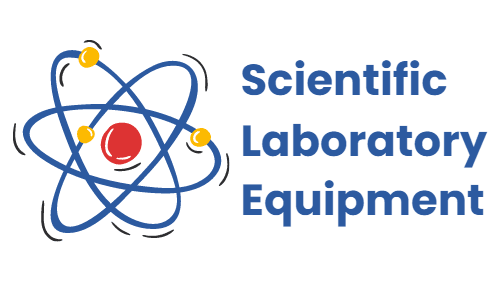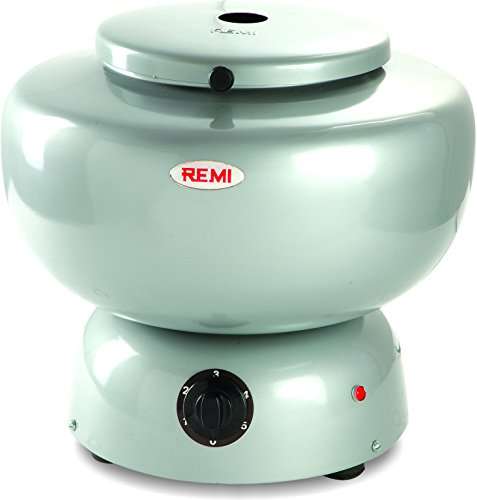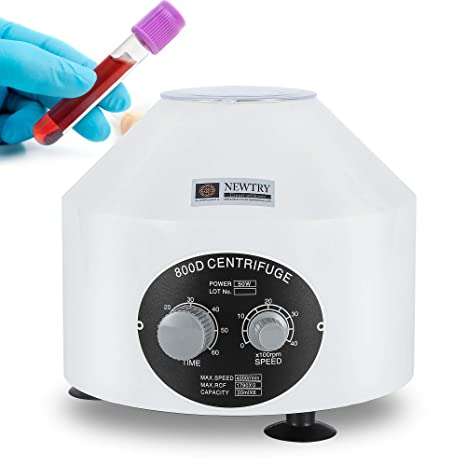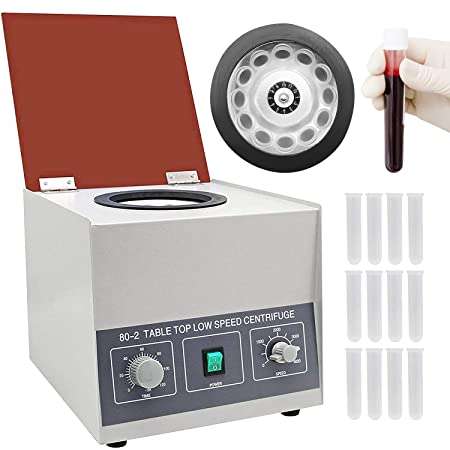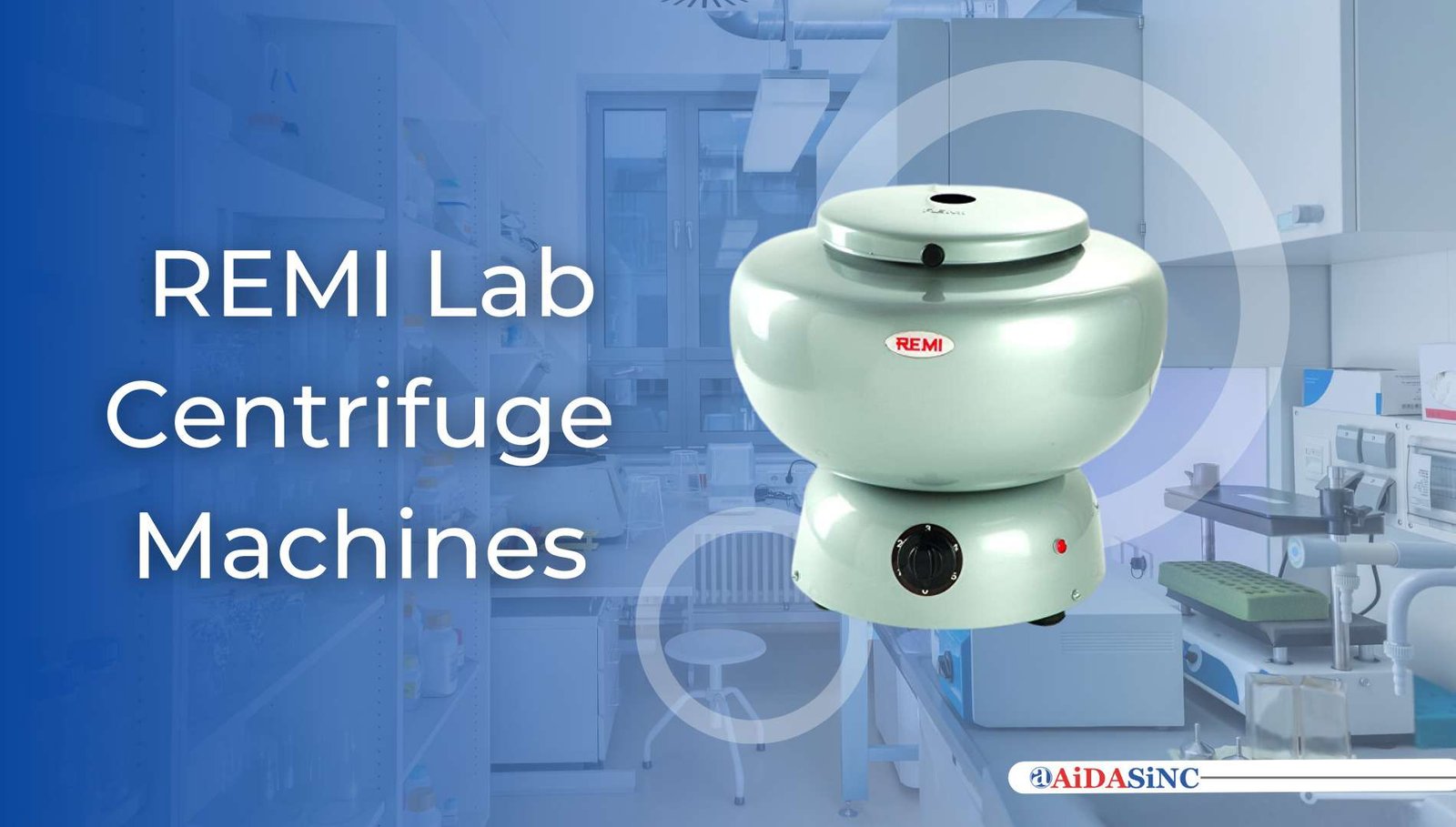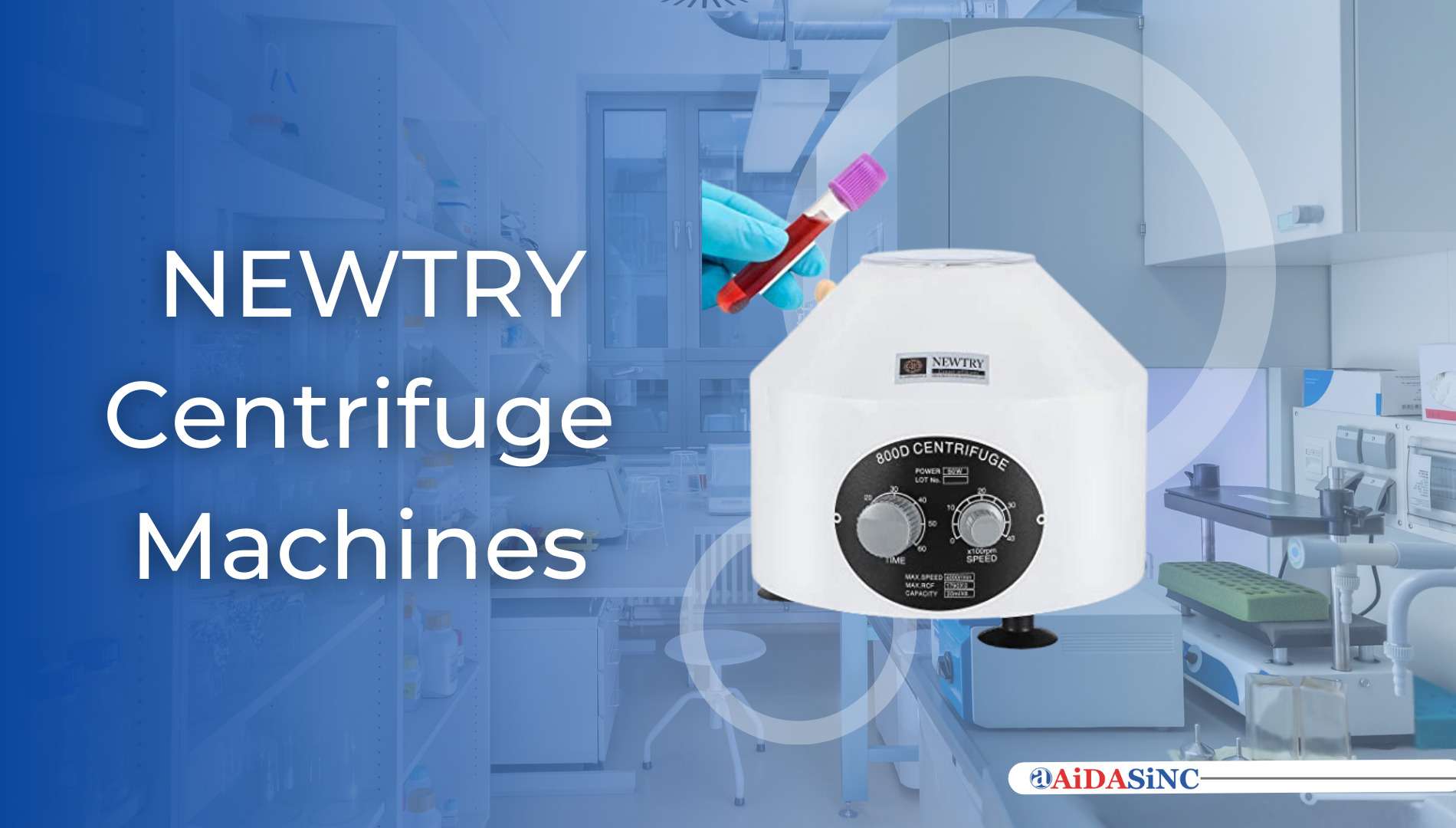Find the Best Centrifuge Machines for Your Needs
Get unbiased suggestions for application specific models, deep comparative insights on available suitable models, and suggestions of new challenger brands manufacturers and suppliers.
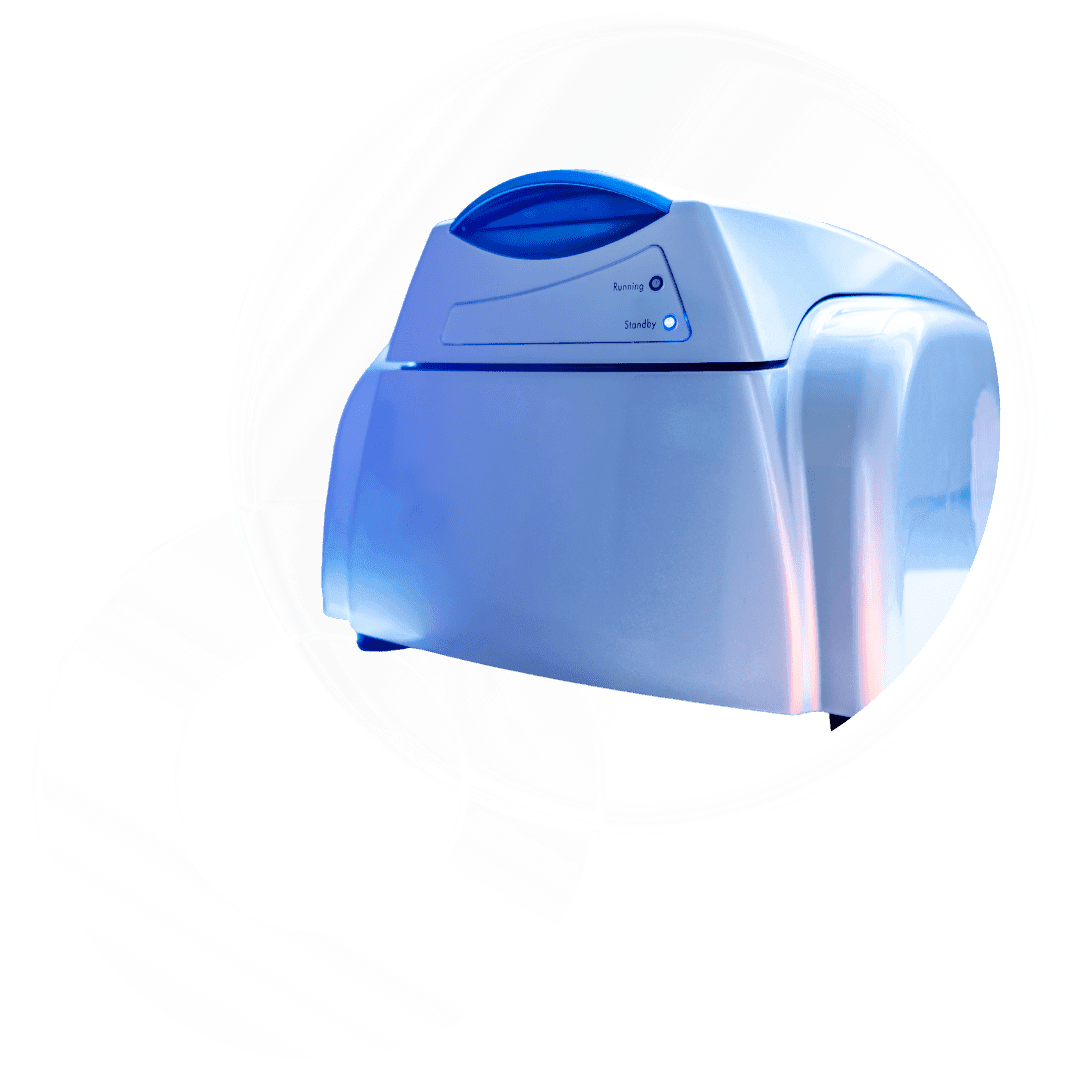
Unbiased Side-by-Side Comparisons
Your search for trustworthy and effective centrifuge machines ends here. Get your Free Finder Toolkit to make well-informed centrifuge machine buying decisions. It brings you a broad selection of premium centrifuges and low cost machines to compare with. Additionally, you get expert guidance on unmatched performance and accuracy features on various models suitable for your industrial, clinical, and research environments.
Join the thousands of satisfied users who have turned to this free finder toolkit for all their centrifuge needs!
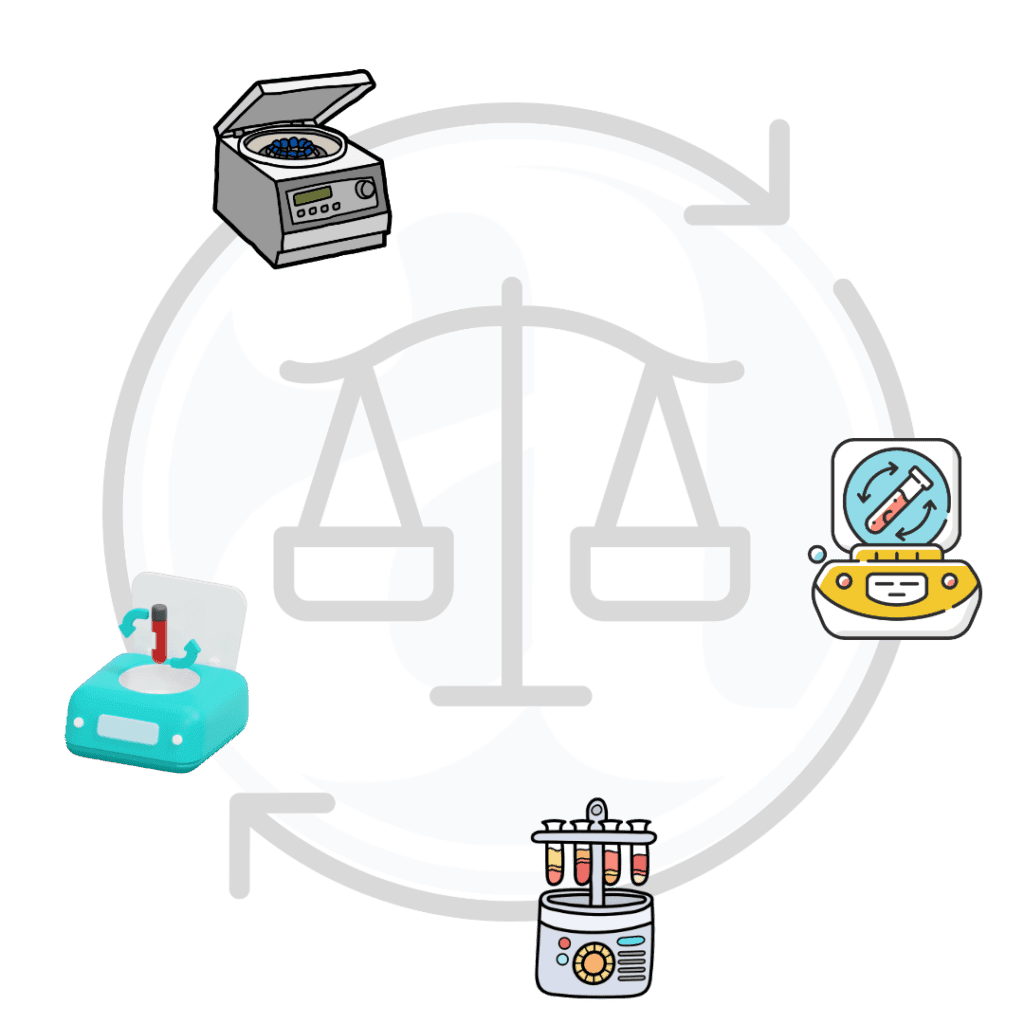
The free toolkit brings and unbiased approach to recommending centrifuge machines. It has helped many scientists and research scholars save their valuable time and money by providing a comprehensive and in – depth analysis of available centrifuge models. Inclusive of features and suitability for specific application environments.
- Advantages and disadvantages
- Comparison of model – wise features
- Alerts on subpar or overpriced configurations
- Aids buyers make best purchasing decision
- Save time and money for more successful research work
For procurement / purchase teams, the “Comparative Insights” section offers in-depth analysis of the available acceptable models, and can be very useful to their departments. Procurement teams can make well-informed judgements that are best suited for the demands of their organisation by examining alternative models and their attributes. They can save time and money on the procurement process by using the comparison analysis to determine which centrifuges are the most economical and productive.
- Upcoming brands manufacturers and suppliers
- More affordable and innovative centrifuge machines
- More favorable pricing and terms
- Alerts to stay up-to-date with the latest industry trends
- Ensure making the best purchasing decisions
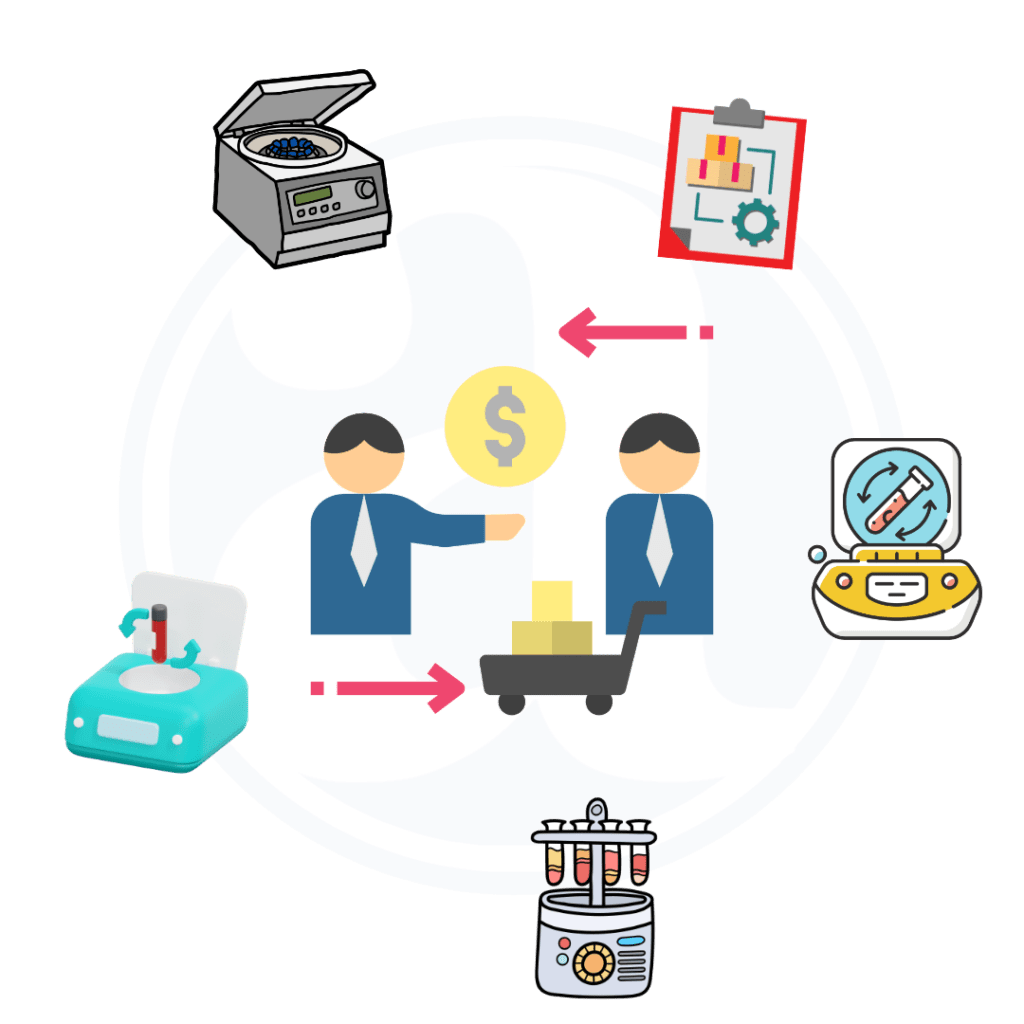
Review of Top Centrifuge Machines Online
Centrifuge Finder: Side-by-Side Comparative Parameters
As a student of science, I might not be able to provide an exhaustive list of all the parameters you are looking for a centrifuge machine. As it may vary, depending on your specific needs and requirements. However, here are some of the common parameters that buyers may consider when evaluating centrifuge machines:
- Type of centrifuge (e.g., benchtop, floor-standing, high-speed, low-speed, refrigerated, etc.)
- Capacity (e.g., maximum volume, number of tubes, etc.)
- Rotor type (e.g., fixed-angle, swinging bucket, vertical, horizontal, etc.)
- Maximum speed (rpm)
- Maximum RCF (relative centrifugal force)
- Temperature range (e.g., refrigeration, heating, or both)
- Timer function (e.g., programmable or manual)
- Digital display for speed, temperature, and time
- Power consumption
- Safety features (e.g., automatic lid lock, over-speed protection, imbalance detection, etc.)
- Compatibility with various tube sizes and types (e.g., conical, round-bottom, PCR, etc.)
- Ease of use and user interface
- Maintenance requirements
- Warranty and after-sales support
- Cost-effectiveness and value for money
- Durability and reliability
- Compatibility with various applications (e.g., cell culture, protein purification, blood separation, etc.)
- Sample recovery efficiency
- Rotor imbalance tolerance
- Acceleration and deceleration times
- Dimensions and weight
- Availability of accessories and replacement parts
- Compatibility with various lab setups and protocols
- Portability and ease of transportation
- Compliance with industry standards and regulations
- Material of construction and corrosion resistance
- For precision control of the g-forces applied to the sample, centrifuges with programmable g-force settings required.
- To work with samples that are sensitive to temperature, centrifuges that provide exact temperature control and stability will be required.
- Sample protection capabilities, such as soft-start, gentle braking, and air suspension systems, may be a need.
- To work with temperature-sensitive samples, need for chilled centrifuges that have the ability to keep a consistent low temperature while in use.
- For use with biological material, models with sterilisation features to avoid cross-contamination are required.
- To assure reproducible results, centrifuges that offer accurate speed control are required.
- For centrifuges for use in quiet laboratories, models with low noise configurations are required.
- To process large sample volumes, centrifuges with high throughput capabilities required.
- To deal with density gradient centrifugation, centrifuges that offer characteristics for gradient separation required.
- Automation compatibility to work with robots or liquid handling systems, among other automation systems.
- Ease of cleaning and maintenance to prevent contamination and ensure optimal performance.
- Adaptability to specialized sample types, such as viscous samples or large volumes.
- Serviceability and ease of repair
- Availability of user manuals and technical documentation
- Compatibility with various software and data management systems.
Overall, the criteria that buyers take into account while assessing centrifuge machines will depend on their unique demands and applications. To make sure that the chosen machine fulfils the buyer’s unique demands and expectations, extensive research and expert consultation are required.
Case Studies: How Right Is Your Centrifuge?
The Challenge:
Despite being a frequent procedure, impacted third molar surgery has a number of risks that can leave patients in pain and suffering. The standard of living for people following surgery is a topic of ongoing research. Finding a solution to lessen post-operative symptoms including pain and trismus and enhance tissue healing was the challenge in this case study.
The Solution:
Researchers used platelet-rich fibrin (PRF) biomaterial and ozone therapy as alternatives. The concentration of platelets and neutrophilic granulocytes in the research was enhanced by using a centrifuge machine at 1500 rpm for 14 minutes to create the PRF biomaterial. This sped up bone and soft tissue regeneration and improved host macrophage differentiation within the clot after implantation.
A-PRF treatment was successful in reducing post-operative discomfort and enhancing tissue recovery.
Conclusion:
The success of this study was greatly influenced by the centrifuge machines’ setup. The proper amount of time and speed in the centrifuge helped to boost the amount of platelets and neutrophilic granulocytes in the clot, which in turn sped up the healing process of the tissue. This case study illustrates the significance of choosing the appropriate centrifuge apparatus for particular applications and how it might aid researchers in achieving their objectives.
Based on a report on Research Gate
The Challenge:
To determine the predictive value of blood vitamin C and lead levels in this population at baseline and after periodontal therapy, a comparative examination of serum vitamin C and serum lead among diabetes and periodontitis patients was carried out. The goal of the study was to ascertain how periodontitis therapy affected people with chronic periodontitis and Type 2 Diabetes Mellitus (T2DM) in terms of their nutritional condition.
The Solution:
To perform the analysis of serum vitamin C, 5mL of venous blood was obtained from the subjects and was centrifuged using a suitable centrifuge machine. The serum sample was collected in a clean test tube and 5% TCA (Tri chloro acetic acid) added to it and allowed to precipitate proteins for about ten minutes and centrifuged. The supernatant solution was transferred into another test tube and processed further for obtaining desired results.
Conclusion:
As can be seen above, selecting the right centrifuge machine is essential to obtain reliable results in biochemical analysis. A centrifuge machine with inadequate speed or inappropriate rotor can lead to incomplete separation of the serum, leading to inaccurate results.
Based on this report on Research Gate
The Challenge:
Centrifuges are required in biotech applications to separate particles of various sizes, including tiny organelles (0.1–1 micron) and larger biological cells (1–20 microns and larger). Centrifuge selection and sizing for biotech applications depends on a number of variables, including the application type, mixture concentration, and phase particle size. The proper dimensionless Le number can be used to scale centrifuges like spintube, disc stack, tubular, chamber bowl, and decanter based on their unique set of geometrical and operational factors. So it can be difficult to choose and size the proper centrifuge to guarantee optimum performance. Users may experience a number of issues as a result of using a cheap portable centrifuge that is not properly sized or chosen, including subpar separation results, subpar performance, and higher contamination risk.
The Solution:
The type of application, mixture concentration, and phase particle size are just a few of the variables that affect the selection and sizing of centrifuges for biotech applications. For each type of centrifuge, the proper dimensionless Le numbers can be used to calculate the cut size, or separated size of the cell particles. Any changes in viscosity or solids concentration should be taken into account while adjusting the feed rate and the G-force, and the cut size should be less than the size of the cell that needs to be separated. For instance, continuous nozzle disc and decanter centrifuges can handle solid volume concentrations of 1%–30% and 5%–80%, respectively, whereas tubular bowl centrifuges can handle solid volume concentrations of 0–4%.
Conclusion:
Researchers can successfully separate small organelles and comparatively larger biological cells from a mixture containing a precise concentration of solids thanks to the expert direction in choosing and sizing the right centrifuge for their application. This advice saves time and money by choosing the right centrifuge and according to the suggested sizing and selection recommendations.
Based on report on Research Gate.
Advances in Centrifuge Machine Technology
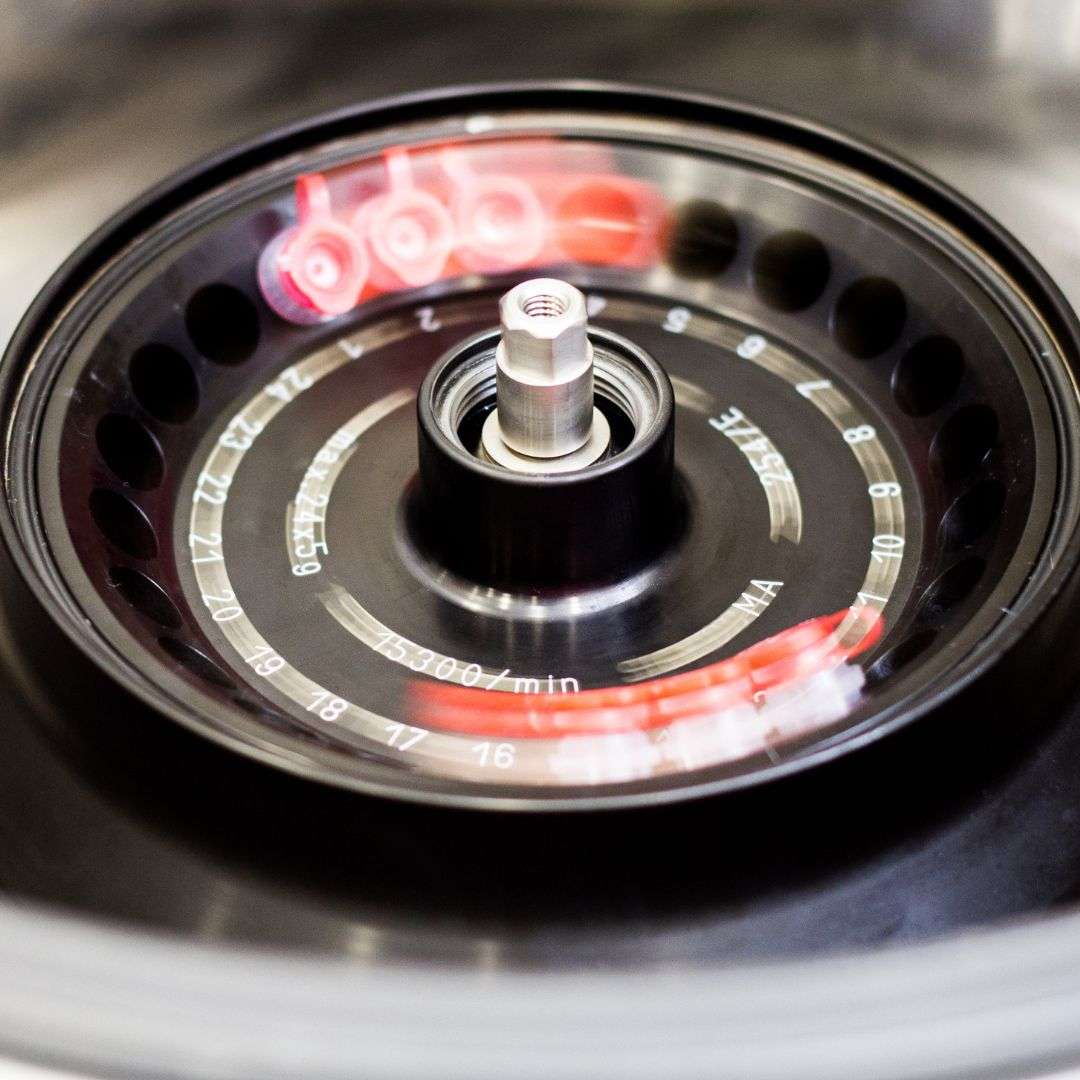
Recent years have seen a considerable advancement in centrifuge technology. Higher levels of separation efficiency and process performance than ever before are now feasible thanks to new designs, advances in materials, and advances in manufacturing procedures. These developments have had a considerable positive impact on a variety of applications, including biotechnology, pharmaceuticals, food processing, and others.
The introduction of microfluidics is one of the most important recent advancements in centrifuge technology. With the use of tiny, microfabricated channels, microfluidic centrifuges can precisely control the flow of fluids and particles, enabling more effective processing. Cells, proteins, and other biomolecules can be separated using microfluidic centrifuges, which are particularly helpful for applications requiring a high degree of purity and concentration.

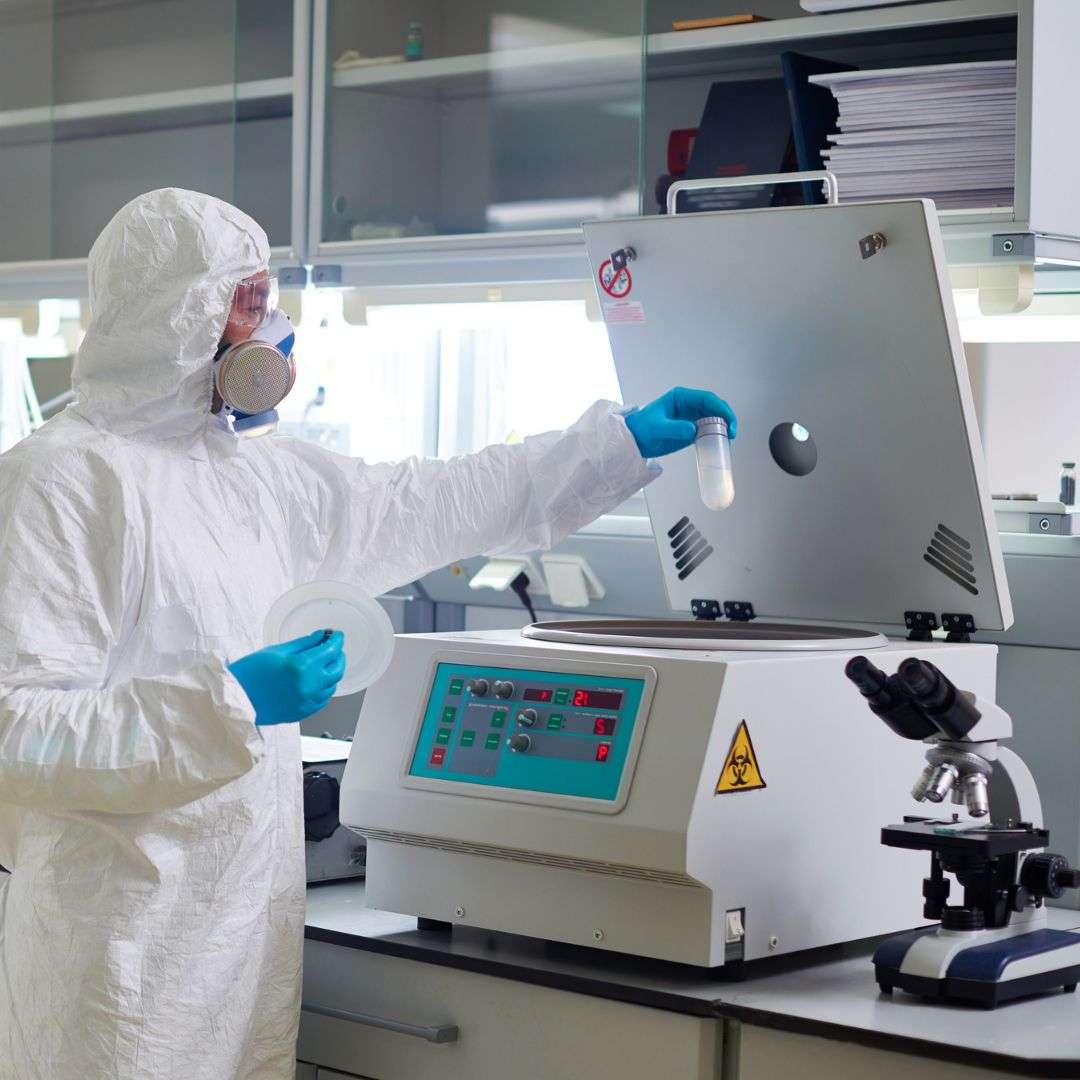
Superconducting magnet technology is another recent advancement in centrifuge technology. Using magnetic fields to separate particles according to their magnetic characteristics, superconducting centrifuges achieve extremely high throughput and highly effective separation. These centrifuges are very helpful for tasks requiring the separation of tiny particles, such as viruses or nanoparticles.
There have also been numerous advancements made to conventional centrifuge designs in addition to these new technologies.
In the building of centrifuge components, for instance, the use of ceramic materials has improved durability and corrosion resistance, allowing for longer service life and more dependable operation.
Also, it is now simpler to monitor and modify centrifuge operations in real time thanks to new automation and control systems.
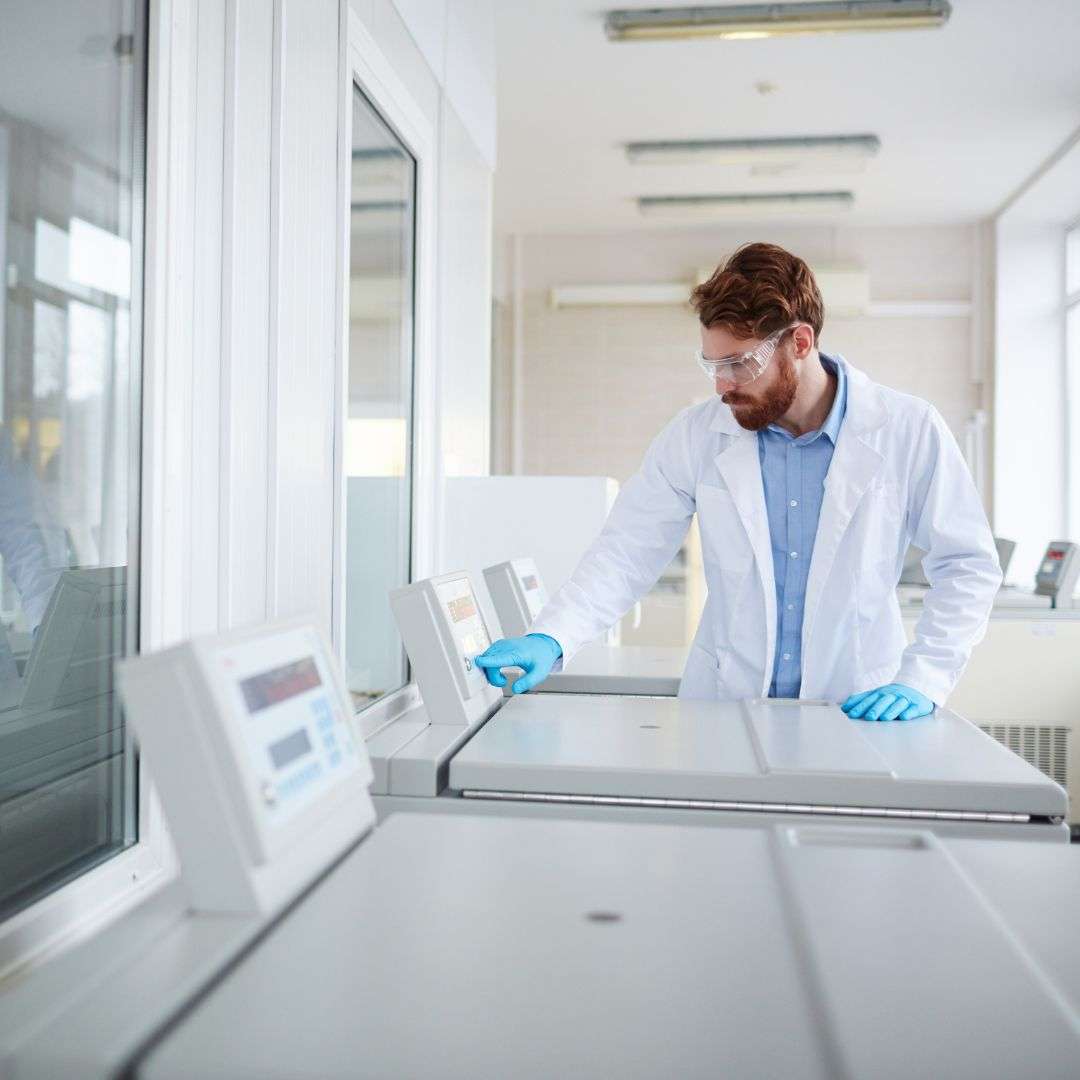
About Manju
“As a science enthusiast, I love discovering new trends in the scientific research industry. This strong interest for the cutting-edge developments, tools and trends made me contribute to this blog. Thanks to the encouragement of family and friends, I have been successfully connecting with people to help find the top suppliers and producers of best research equipment. I hope you too will find my reports useful.” – Manju R. P.
Subscribe To Manju’s Blogs
Disclaimer: The information provided on this site Aidasinc.com is sourced from publicly available sources and presented for general informational purposes only. All information on the Site is provided in good faith, however we make no representation or warranty of any kind, express or implied, regarding the accuracy, adequacy, validity, reliability, availability, or completeness of any information on the Site. For feedback, please write to [email protected] Read more.
AIDA Stories powered by Aidasinc.com
🡅 | Privacy Policy | T&C
